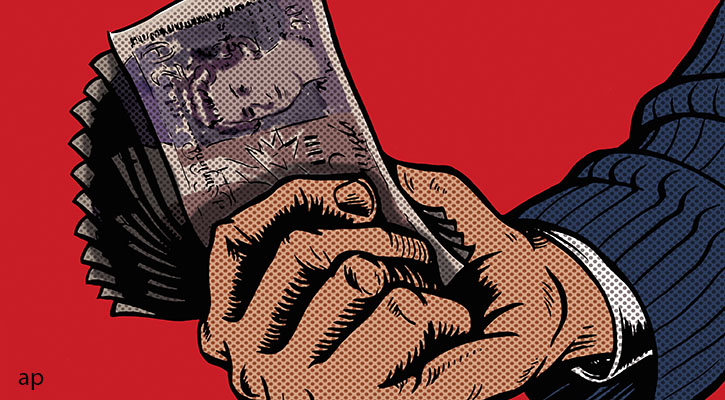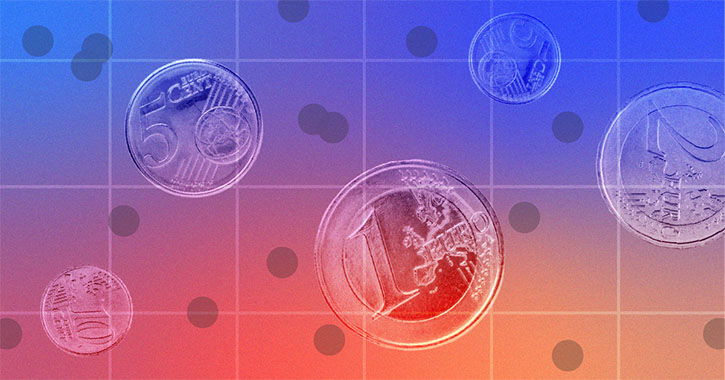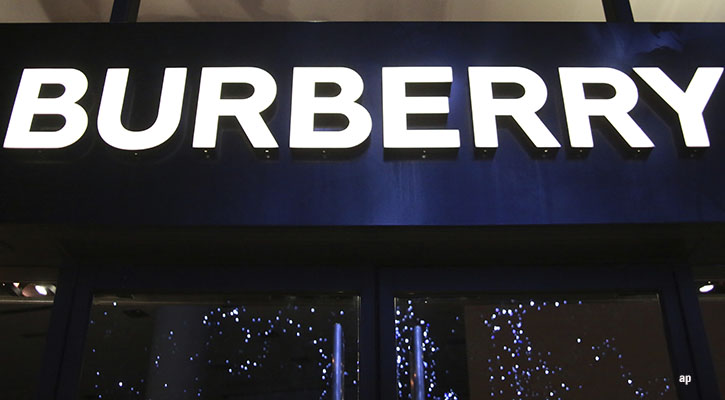
Investors love dividends. Though interest rates are rising quickly across many markets, compared to broader history, they are still relatively low.
These low rates mean that investors who traditionally seek a steady income stream through bonds, are now looking for a way to supplement regular cashflows through the form of dividends. That only adds to the overall popularity of these stocks.
If you want dividends, getting them is generally a good thing. Simply put, a dividend is a sign that the company is returning value to you, the shareholder, in lieu of re-investing those same proceeds internally in a capital project (some examples of a capital project include expanding production, or conducting research and development to further expand future potential revenue).
This is the same reason why dividend paying companies are generally large, are in mature industries, and exhibit on average less market volatility compared to growthy counterparts.
On the flip side, when steady dividend paying companies cut or reduce their dividends, sentiment from the market tends to turn quickly. Some investors may read this as a failure of company management to continue to maintain value and cashflows, and others might see dividend cuts across a particular sector or industry as a sign of headwinds.
All this said, there are two situations where receiving a dividend is less-than-ideal.
Scenario 1: When Dividends Are Not Sustainable
The first situation is from the perspective of an income-seeking investor. Here, if dividends paid are likely not going to be sustainable, investors who rely on dividends for cashflows run the risk of not being able to meet their monthly cashflow requirements – this is bad.
One way to tell whether this is this case is to consider the amount dividends being paid out, as a proportion of a company’s earnings (or in the case of utility companies or REITs, their cashflows or funds from operations).
Otherwise known as the payout ratio, this measure will give you a hint as to whether the company is paying out too much, or, conversely, if its earnings are able to keep up with the dividends it plans to pay. If a company’s payout ratio exceeds 100%, this means that it is paying out more than it is making.
This is intuitively something that simply cannot continue forever, unless the company plans to dip into the balance sheet or issue more debt (neither of which bode well for the financial health of the company).
This point is especially worthwhile considering if you see a stock with an exorbitantly high dividend yield. Before jumping on it, it is worthwhile quickly peeking at the payout ratio to see if that high yield is sustainable.
Scenario 2: A Company Avoids Investing in Its Growth
The second is from the perspective of a growth investor.
Here, an investor might prefer that a company re-invest earnings back into capital projects as opposed to paying out to shareholders. Why? Because growth investors have a long investment time horizon and believe the cash has the best opportunity to grow while being utilised to expand company, as opposed to in the investor’s own pocket.
This is one of the reasons why investors are hard-pressed to find fast-growing technology companies paying out dividends. These companies reward investors through growth in stock valuation or potential future earnings, not through distributions.
In this scenario, a growth company that starts to pay dividends might be signaling to the market that its pool of capital projects has dried up. In other words, there are no more good projects to invest in internally and hence the best use of cashflow is to return it to the investor. This might be viewed as a tipping point for when a company matures. For a growth-focused investor, might be time to look elsewhere.
Bottom line, there are far worse things than receiving cash in your pocket, but investing is about how you grow that cash for future use.
Tip Checklist for Dividend Investors
- Double-check how dividend income is taxed in your country. In many countries capital gains are taxed at a lower rate than dividends;
- Keep an eye on that "ex-date" which is the day that you must buy the stock by to receive the latest announced dividend. Do not be fooled though, the market quickly prices in the value of the dividend into the stock price on that ex-date.
This article does not constitute financial advice. Investors are urged to conduct their own independent research before buying or selling any security







.jpg)




















